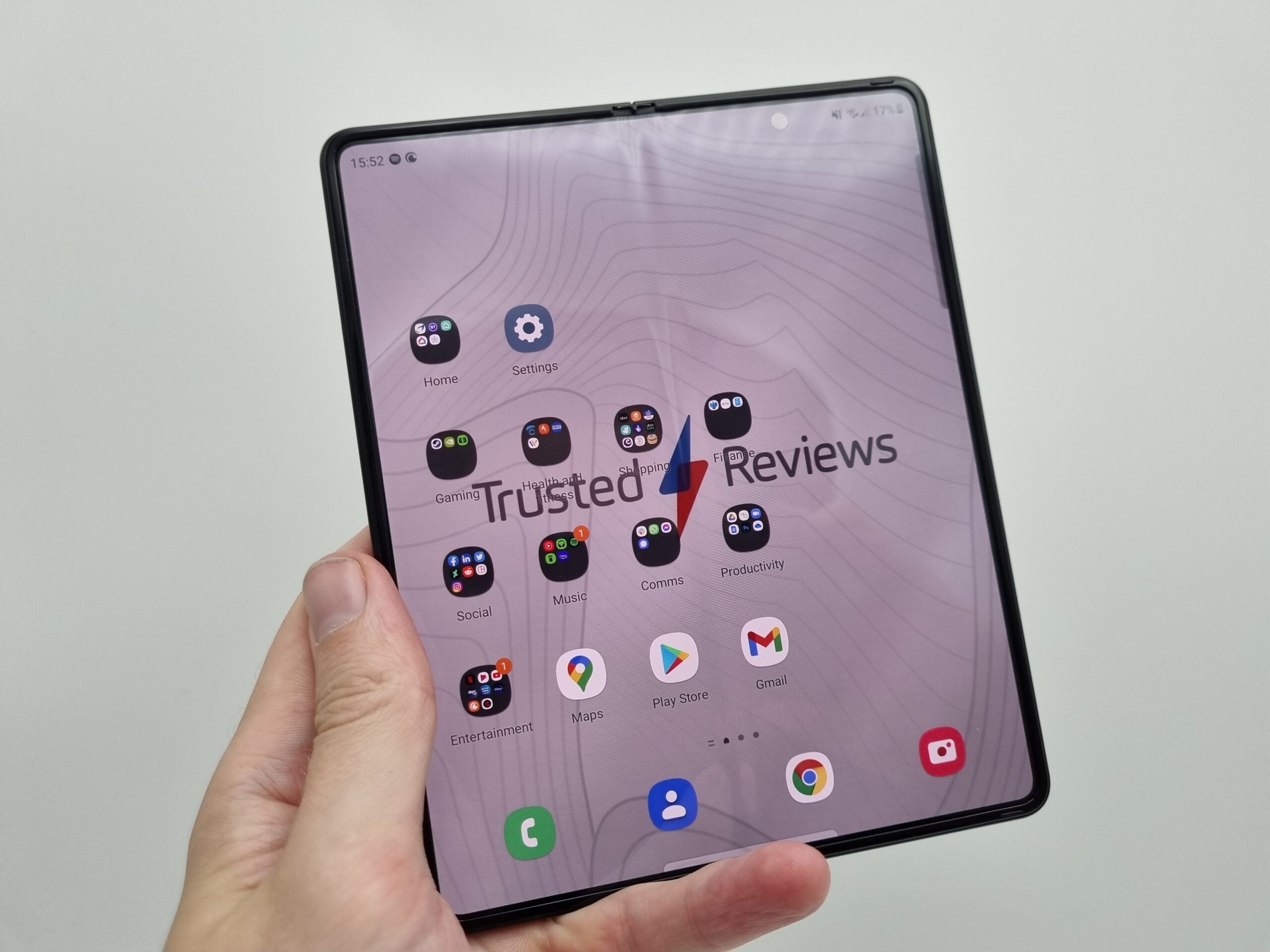Samsung unveils 200MP smartphone camera sensor

Samsung has announced a new 200MP camera sensor that’s intended for use in future smartphones.
The ISOCELL HP1 will produce the highest pixel count of any smartphone sensor yet. Thanks to the sheer pixel density of this new sensor, however, individual pixel size will come in at an ostensibly lowly 0.64μm.
To place that in some context, the ISOCELL HM3 found in the Samsung Galaxy S21 Ultra hits 0.8μm.
Like Samsung’s previous high-end sensor, however, the ISOCELL HP1 can use a pixel-binning technique to combine multiple pixels into one. In this case 16-to-1, which means that the ISOCELL HM3 can turn out chunky 2.56μm pixels.
We say ‘can’ because the key to this new pixel-binning system, which Samsung calls “ChameleonCell,” is that it can switch between two-by-two, four-by-four, or a full pixel layout depending on the current environment.
The aforementioned 12.5-megapixel mode, for example, would be ideal for when you’re shooting in low light conditions and need to scoop up as much light as possible. But in bright day time conditions the sensor can go all in on the megapixel count.
When it comes to video, the ISOCELL HP1 can capture 8K/30fps footage without significantly eating into the field of view. It records at a 50MP or 8,192 x 6,144 resolution, which means only minimal cropping to hit 8K (7,680 x 4,320).
Samsung ISOCELL GN5
Samsung also announced the ISOCELL GN5, a 50MP sensor producing 1.0μm pixels with Dual Pixel Pro autofocusing technology. Boasting one million phase-detecting multi-directional photodiodes, Samsung’s claiming “instantaneous” autofocus and sharper images in extreme lighting.
While Samsung claims that samples of Samsung ISOCELL HP1 and GN5 are available to manufacturers, there’s no indication of when we might see these sensors in a smartphone.





